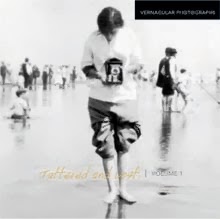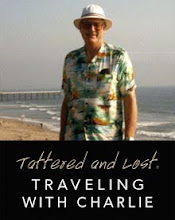
Click on image to see it larger. (SOURCE: The Delineator, July 1918)
The Pro-Phy-Lac-Tic Brush Company was a health care business established in 1866. Makers of a highly advertised Pro-phy-lac-tic toothbrush, it was acquired by the Lambert Pharmaceutical Co. on February 19, 1930. Based in Florence, Massachusetts, the firm was first called the Florence Manufacturing Company. Its name was changed on September 15, 1924. From 1887-1924 the corporation paid a regular dividend on its common stock.
During World War II the company manufactured dummy plastic bayonets for the USN Mk 1 Dummy Training Rifle for the U.S. Navy. (SOURCE: Wikipedia)And for those wishing to know more about their bayonets…
Beckwith Mfg. Co. and Victory Plastics were very familiar with government contracts having produced scabbards for a few years already, but this was the first Ordnance contract for Pro-phy-lac-tic Brush. Unknown to many P.B. Co was a large maker of toothbrushes. The Pro-phy-lac-tic Brush Company dates as far back as 1843, when Englishman Albert Critchlow, a horn button maker, moved to Haydenville, Massachusetts. The small company changed owners and partners several times before becoming the Florence Manufacturing Company in 1866. This is the date the company officially uses as its inception included on the letterhead stationary they used for official business. The company was experimenting with a new substance they called Florence Compound, which was a crude, brittle plastic made from resin, wood fibers and shellac. This early plastic was used in manufacturing buttons, jewelry cases, revolver cases and, its most successful products, daguerreotype cases. As the then new photographs slowly started to take over Florence Manufacturing needed another outlet for there compound. By installing a few bristles into a block of the compound a hairbrush was created. From that point on all types of brushes and plastics were experimented with and put to use. In 1884 they entered what was to become their largest line, the toothbrush. We must remember back at the time that toothbrushes had not yet been mass created and even Dentistry was in its earliest stages. The problem ahead was to now create a market for this strange new object. And create a market they did. In 1924 the Florence Manufacturing Company changed their name to the Pro-phy-lac-tic Brush Company, it had become their largest line of products.
Pro Brush, as we shall call them, was assigned CAGE Code 82780 for further reference. Today they are a subsidiary of Warner Lambert Co., CAGE Code 82559 and to our knowledge still producing tooth brushes albeit not in the Northampton location which was closed down after the war. In 1942 the Navy approached Pro Brush to work in collaboration on the new idea. The toothbrush maker took on the job and what we know today as the USN Mark 1 bayonet is the end result. A very simple, quick and efficient way of molding was developed to allow for high-speed production. The bayonet blade with the metal insert was produced at a rate of two every four minutes using a two-cavity compression mold. At that speed they far exceeded the rate attainable with steel forged components. It would take ten times that amount of time just to temper a steel blade.
To reach this speed the Bakelite Company sends precut blanks of their resin board to the bayonet manufacturer for molding. After the pieces come from the mold and cool the only work needed on them is to trim the edges, the end gate and any sprue vents. While speaking on this topic we are reminded of other similar plastic uses, the military mess kit knives, machete handles, and even the machine gun elevating levers. Many printers changed over to Bakelite Resin Boards to allow the then standard linotype material to be used in the war effort. Molded resin board had been around since 1932 and was really in its infancy. Necessity really is the mother of invention and with the war effort on, all types of new uses were being found. The trick to the increased strength over regular plastic was the use of small fibers. Today we see this typically in fiberglass products and more recently replacing iron re-bar in concrete. The non fiber Resinox was tested and declined by the Army in 1941 for mess kit knife handles, much too fragile in drop tests shattering from a six foot drop. The added fiber did add strength for its intended limited uses. While the blade is made from two pieces of resin board the guards are made from three layers. The handles on the other hand are made from diced or shredded resin cut to the size of the U.S. Standard Number 6-screen mesh. This allows for the heated material to achieve a proper temperature, consistently, for good molding. (SOURCE: U. S. Military Knives where there is more to this article)






































